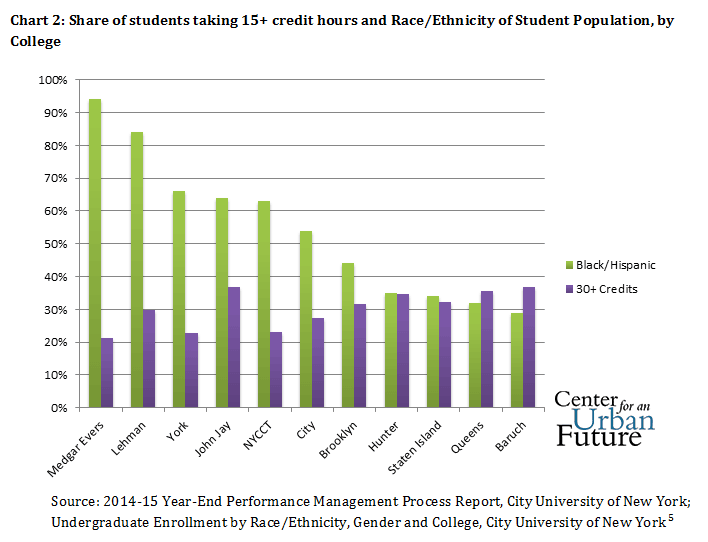As we adjust to our new schedules, meet our new professors and assess our new workloads, it is important that we, as Macaulay students, realize how lucky we are. Aside from a few extraneous fees, we don’t pay for college tuition. Therefore, some of us may be unaware of the financial difficulty many students, new and returning, have to face when budgeting for college.
In New York State, 58 percent of undergraduates have student debt, with the average amount being $30,346. This number is one of the largest in the nation, only preceded by Montana, D.C., Michigan and Ohio. This is an absolutely crippling amount of debt. If a graduate doesn’t have one foot out the door in their field, whether it be through an internship or a network connection (which Macaulay also facilitates), it can be incredibly difficult to find a well-paying job out of college. Many “entry-level” jobs require 2+ years of experience to even be considered, so how are these recent graduates meant to pay off their student loan debt?
Enter: the idea of free college. An associate’s degree is seen as the bare minimum when applying for most jobs, and with competition increasing, a bachelor’s degree is beginning to become the new norm. College is seemingly unavoidable, so, why not make it free and accessible? This idea has become a rallying cry of many figures on the political left like President Barack Obama, Bernie Sanders and Alexandria Ocasio Cortez. Interestingly enough, however, the model for free community college comes from a state dominated by the political right: Tennessee.
The ‘Tennessee Promise’ is a program that was enacted in 2015 and is used as the framework for free college programs all around the country. It works as such: a high school graduate who is a Tennessee resident enrolls in a two-year community college, and the state covers whatever tuition and fees the student’s federal and state aid doesn’t cover. To stay in this program, the student must be enrolled full time, maintain at least a 2.0 GPA, and complete eight hours of community service each term.
The bolded aspects of the program are the ones adopted by almost all of the states that mimicked this program. These states include: Oregon, Nevada, California, Montana, Minnesota, Arkansas, Kentucky, Delaware, Rhode Island and New York, each with their own programs with their individual criteria (which are heavily influenced by the Tennessee Promise’s standard).
The program that stands out from the bunch, though, is New York’s Excelsior Scholarship. While all the aforementioned programs only provide free community college, Excelsior is the only program in the United States to offer free four-year college tuition. The requirements laid out on Excelsior’s website for the program are as follows: the student must be a resident of New York State, attend a SUNY/CUNY two/four year degree program, be a full-time student (30 credits per calendar year), and plan to live and work in New York following graduation for the length of time they participate in the scholarship program.
The Excelsior Scholarship has been hailed as a pioneer in its field, but what are the major criticisms of the program? Perhaps the most relevant to us as residents of New York City is that, according to the Center for an Urban Future (CUF), “only 20.7% of the 20,086 scholarships went to CUNY students, even though they comprise 38% of all undergraduate enrollment in the state.” Additionally, the CUF found that there was a frightening disparity between full-time studenthood and race. The graph below displays that colleges with large black and Hispanic populations, like my home campus of Lehman, have a very low percentage of full-time students.

In a similar vein, the program is meant to help working-class families, but the same study found that “at Hostos Community College in The Bronx, situated in one of the poorest neighborhoods in the state, only 0.5% of students were eligible for the grant.” This could be for a variety of reasons, but the most relevant being this: students who have to work in order to sustain their families simply don’t have the time to be full-time students. In other words, the students that would need and benefit from the program the most, get none of the benefit of the program.
So, all this considered… does the Excelsior Scholarship live up to its namesake: Ever Upward?
The answer is never that simple.
While there are many valid criticisms of the program, we must keep in mind what would be the case if the program wasn’t in place: thousands more students all around New York State would be thousands of dollars in debt. The program isn’t perfect, but most agree that it is certainly a step in the right direction. There are no flawless initial attempts, and, hopefully given enough time, the Excelsior Scholarship will bloom into an all encompassing program that all of New York can be unequivocally proud of.


